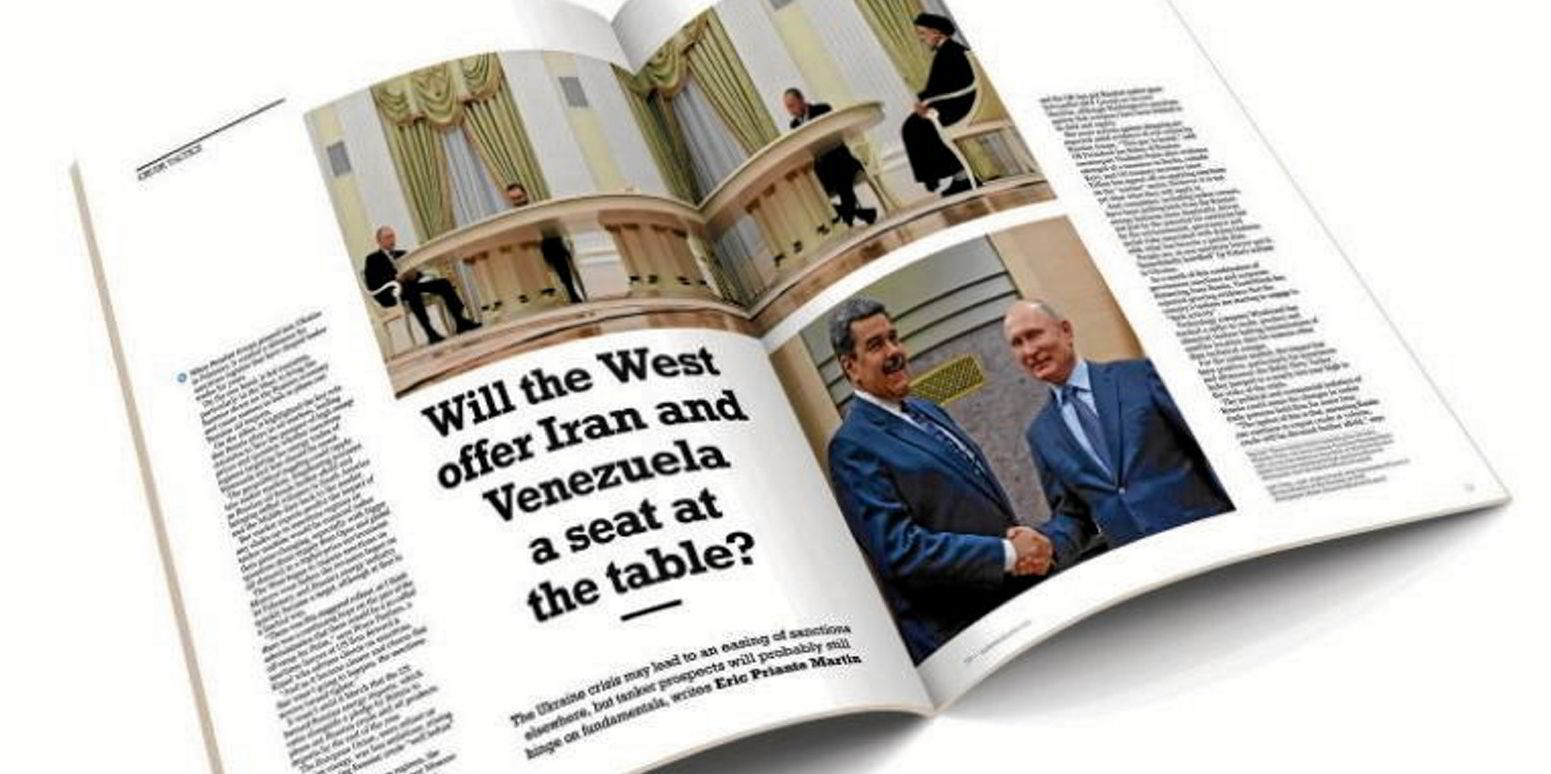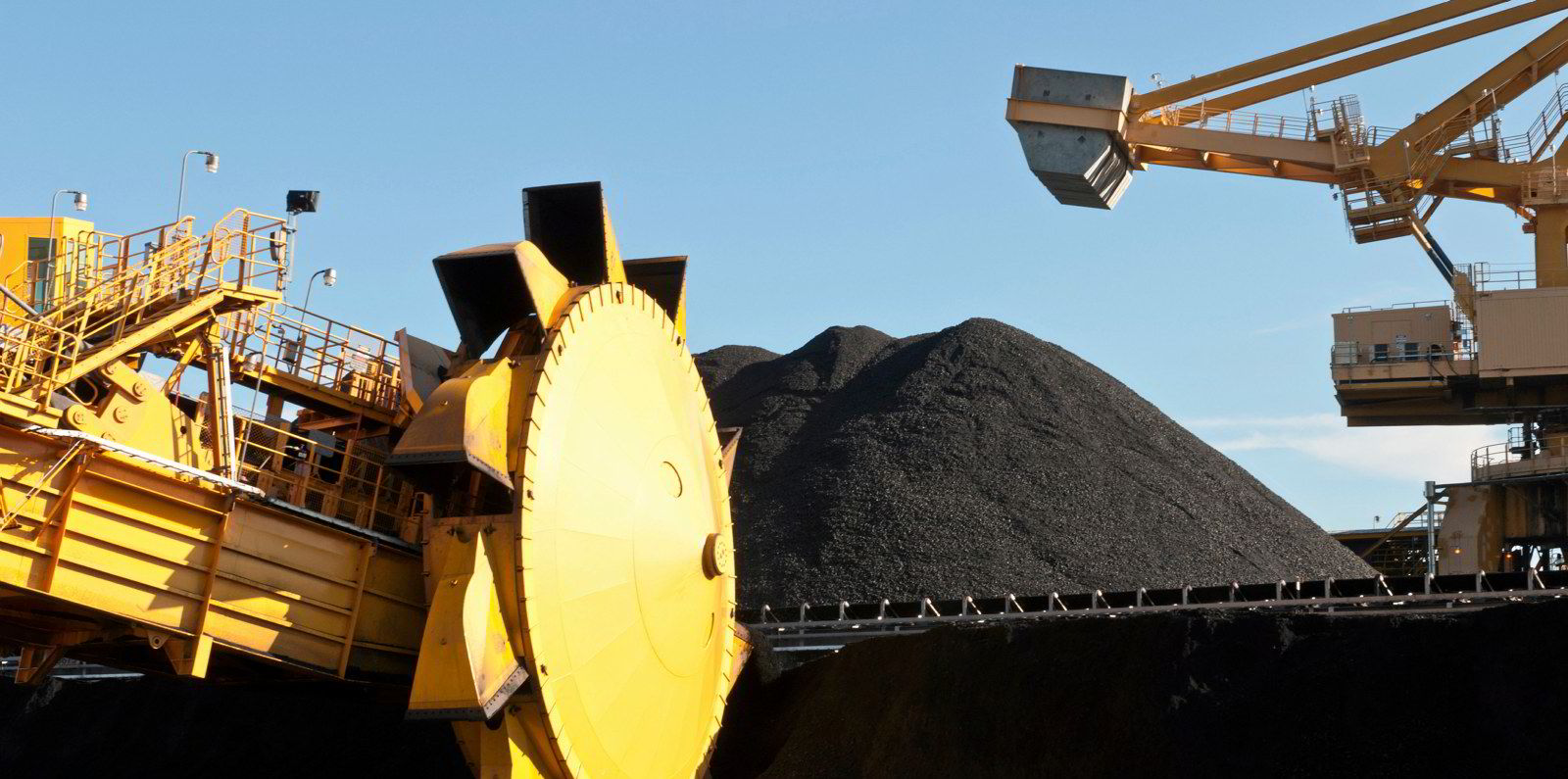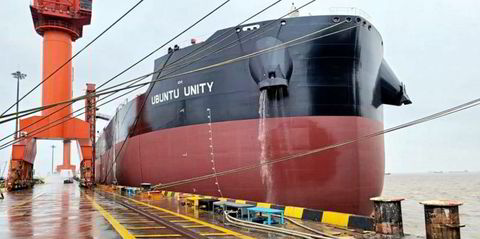Coal is the dirty habit that developed economies are trying to kick — but Russian coal is in as much demand as ever.
Electricity demand globally has surged after pandemic restrictions were scaled back and industries returned to work, leaving power companies scrambling for a cheap energy source: coal.

This story is part of a series in TW+ magazine on the wide-ranging impacts of the Russia-Ukraine conflict on shipping. Read the full stories when the magazine is published on 20 May.
The world generated more electricity from coal than ever last year, up by 9% from the previous year, according to the International Energy Agency.
The Ukraine war has added fuel to red-hot coal markets. But data shows that although many companies, including some shipowners, have declared they will not do business with Russia, its coal exports have been doing just fine during the first two months after the invasion.
And much of that coal has made its way to Europe.
Loading data from bulker tracking platform Oceanbolt shows that 30m tonnes of Russian coal of all types was loaded on to vessels between 24 February and 24 April, compared with 33.8m in the same period last year.
Of this, the biggest amount by country — 6.2m tonnes — is bound for China. A further 3.6m tonnes is headed for South Korea.
But just over 30% of the coal exported from Russia in this period has made its way to European countries, including member states of the European Union, which has imposed trade sanctions on Russian entities and individuals.
Some 8.4m tonnes was destined for Europe in the two months since the war began, the same as during the corresponding period last year, Oceanbolt data shows.
The Netherlands accounted for 2.8m tonnes of this, which is 200,000 tonnes more than made its way to Dutch ports during the same two-month period last year. Much of this volume is likely to be for transshipment from Rotterdam to other destinations.
Much has been made of the possibility of cheap Russian coal going to India, but it actually imported less of the commodity during the two-month period than it did last year.
Sanctions have so far hampered how Indian importers of Russian coal pay for shipments, following a trade deal signed by the countries last year. India’s steelmakers are dependent on imports of coking coal, which total between 50m and 55m tonnes each year.
Officials have been negotiating shipments of Russian coking coal to India to kick-start the trade, Reuters reported on 26 April.
The key, as always, is price. Prices for coking coal from Australia, India’s top supplier, have rocketed from $200 to a peak of $700 per tonne this year, according to Reuters.
The situation will change in August, when new EU sanctions come into effect, banning purchases of Russian coal. Russian ships will also be barred from entering EU ports. The US has already banned imports of oil, gas and coal from Russia.





